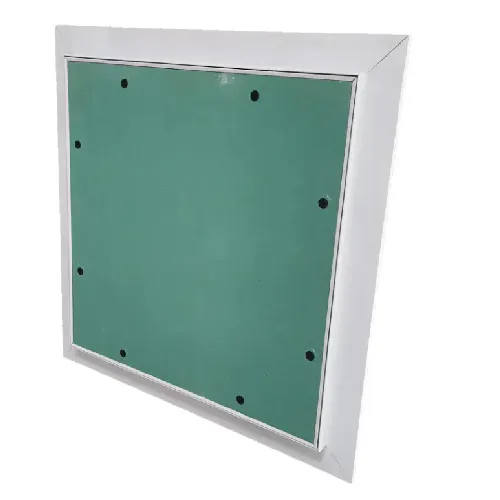- Afrikaans
- Albanian
- Amharic
- Arabic
- Armenian
- Azerbaijani
- Basque
- Belarusian
- Bengali
- Bosnian
- Bulgarian
- Catalan
- Cebuano
- Corsican
- Croatian
- Czech
- Danish
- Dutch
- English
- Esperanto
- Estonian
- French
- German
- Greek
- Hindi
- Indonesian
- irish
- Italian
- Japanese
- Korean
- Lao
- Malay
- Myanmar
- Norwegian
- Norwegian
- Polish
- Portuguese
- Romanian
- Russian
- Serbian
- Spanish
- Swedish
- Thai
- Turkish
- Ukrainian
- Uzbek
- Vietnamese
sie . 03, 2024 03:16 Back to list
High-Performance Mineral Fiber Board for Enhanced Insulation and Acoustic Solutions in Various Applications
The Benefits and Applications of Micore 300 Mineral Fiber Board
In modern construction and building design, the choice of materials can significantly influence the overall performance, sustainability, and comfort of a structure. Among the various options, Micore 300 mineral fiber board stands out as a versatile and efficient choice due to its unique properties, making it increasingly popular in various applications.
What is Micore 300?
Micore 300 is an advanced mineral fiber board made from inorganic materials, providing excellent thermal and acoustic insulation. Manufactured through an innovative process, this board is designed to offer superior performance in challenging environments. It is non-combustible and resistant to mold, making it suitable for a variety of construction needs, especially in areas that require enhanced safety measures.
Thermal and Acoustic Insulation
One of the most notable properties of Micore 300 is its exceptional thermal insulation capability. The board is designed to minimize heat transfer, helping to maintain comfortable indoor temperatures while reducing energy consumption. This is particularly beneficial in climates where heating and cooling costs can add up significantly. In commercial and residential buildings alike, integrating Micore 300 into walls, ceilings, and floors can lead to substantial energy savings over time.
In addition to thermal insulation, Micore 300 also excels in sound insulation. The mineral fiber construction effectively dampens sound transmission, making it an ideal choice for applications requiring privacy and noise control, such as offices, schools, and residential buildings. By employing Micore 300, architects and builders can create quieter, more conducive environments for work and living.
Fire Resistance
micore 300 mineral fiber board

Fire safety is a paramount concern in construction, and Micore 300 meets stringent fire safety standards due to its non-combustible nature. This makes it an excellent choice for buildings where fire resistance is critical. Its use as a core material in wall assemblies significantly enhances the overall fire rating of structures, providing peace of mind to builders and occupants alike. Whether used in commercial kitchens, manufacturing facilities, or high-rise buildings, the fire-resistant properties of Micore 300 have been proven invaluable.
Moisture Resistance
Another remarkable feature of Micore 300 is its resistance to moisture and humidity. Unlike organic materials that may deteriorate over time when exposed to moisture, Micore 300 does not support mold growth, making it a suitable choice for environments such as basements, bathrooms, and other areas subject to high humidity. This durability ensures that structures maintain their integrity and safety over time, minimizing the need for repairs and replacements.
Applications
The versatility of Micore 300 makes it suitable for various applications across multiple industries. As a substrate for interior wall and ceiling systems, it provides an ideal surface for finishing materials, including plaster and drywall. Its use in industrial and commercial settings is widespread, particularly in the construction of data centers, where controlling temperature and humidity is crucial. Moreover, Micore 300 is increasingly regarded in the infrastructure sector, particularly for sound barriers along highways and railways, where noise pollution is a concern.
Conclusion
In conclusion, Micore 300 mineral fiber board offers an array of benefits that make it a standout choice for contemporary construction. Its thermal and acoustic insulation properties, combined with fire resistance and moisture durability, position it as a highly effective building material. As the industry continues to evolve towards sustainability and safety, utilizing innovative products like Micore 300 will play a critical role in developing energy-efficient and resilient structures. By integrating such materials into designs, builders can ensure they meet modern demands while creating safe, comfortable, and environmentally friendly spaces.
-
Transform Interiors with PVC Gypsum Ceiling: A Stylish, Durable, and Moisture-Resistant SolutionNewsMay.19,2025
-
The Smart Interior Upgrade: Discover the Durability and Versatility of Gypsum Ceiling Access Panel SolutionsNewsMay.19,2025
-
The Smart Choice for Interior Design: Discover the Value of PVC Gypsum Ceiling SolutionsNewsMay.19,2025
-
Mineral Fiber Ceiling Tiles: The Smart Blend of Performance and AestheticsNewsMay.19,2025
-
Mineral Fiber Ceiling Tiles: The Superior Choice Over Gypsum for Sound and Fire SafetyNewsMay.19,2025
-
Mineral Fiber Ceiling Tiles: Eco-Friendly Strength and Style for Every CeilingNewsMay.19,2025







